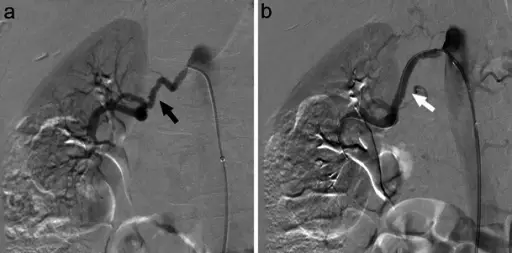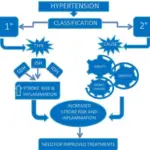Secondary hypertension is an increase in blood pressure that is caused by underlying conditions.
What is the Pathology of Secondary Hypertension?
The pathology of secondary hypertension is:
-Etiology: The cause of secondary hypertension may be due to renal diseases, neurologic diseases, endocrine disorders, and cardiovascular diseases.
-Genes involved: NA.
-Pathogenesis: The sequence of events that lead to secondary hypertension are caused by the underlying disease that the patient is having. These conditions cause increased vascular resistance of the blood vessels by either causing the formation of plaques in the blood vessels walls or narrowing the blood vessels leading to increased blood pressure.
-Morphology: NA.
-Histology: NA.
How does Secondary Hypertension Present?
Patients with secondary hypertension typically affect both males and females but during the ageless than 45 men are more affected than from 45years female are affected more present at the age range of from young age to above 65 years. The symptoms, features, and clinical findings associated with secondary hypertension include hypokalemia, apneic episodes, chest pain, severe headache.
How is Secondary Hypertension Diagnosed?
Secondary hypertension is diagnosed by measuring the blood pressure, physical examination and history taking.
How is Secondary Hypertension Treated?
Secondary hypertension is treated modification of the lifestyle, and antihypertensives.
What is the Prognosis of Secondary Hypertension?
The prognosis of secondary hypertension is good since it has a low mortality rate.



